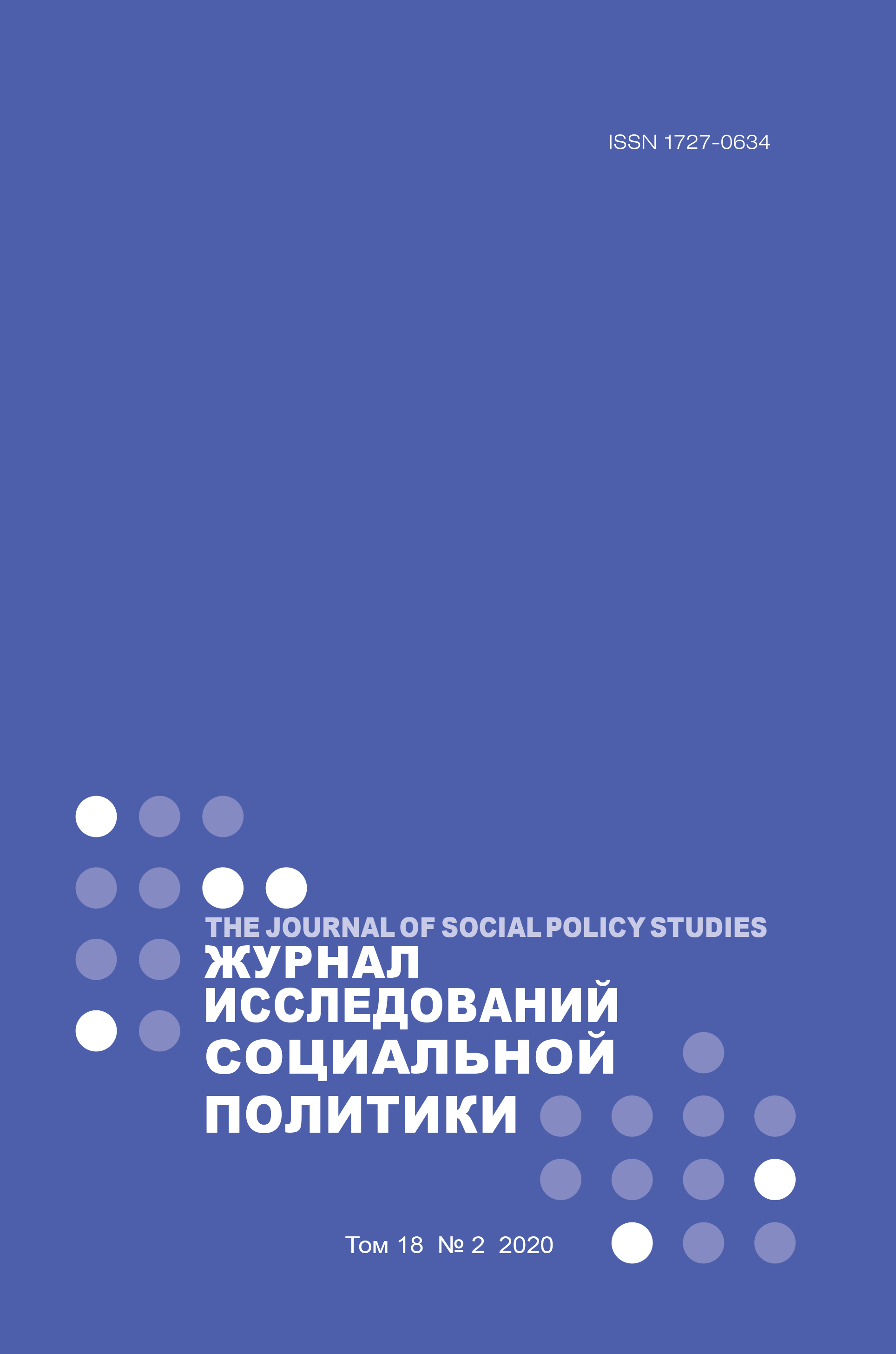The Economics of Child Adoption as a Survival Strategy for Small Villages. The Case of Buryatia
Abstract
This article examines practices in the economy of adoption, which contribute to the survival of small villages in conditions where state financing of education is being reduced. The economics of adoption is understood as a set of social and economic relations that develop around the practices of adoption, guardianship and fostering. We demonstrate the influence of two policies on the formation of special economic practices of adoption in small villages: (1) educational policy aimed at closing schools with a decreasing number of pupils; (2) social
security policy that actively encourages an increase in the number of foster families. Data collection was conducted in the summer of 2018 in the Republic of Buryatia as part of a wider strategy of multiple case studies. The study revealed cases when, in villages with a similar socio-economic structure and ethnic composition, the adoption economy had different effects. The authors turn to Coleman’s social capital theory in order to understand why adoption economics was effective in some settlements, and not in others. An analysis of the empirical
materials shows that, in general, families in all settlements demonstrate high social capital, which is expressed in the formation of close relations based on the many outstanding obligations between adopted children and parents. The solidarity of the village dwellers became the decisive factor in the preservation of the underfilled schools and the reproduction of the adoption economy.















